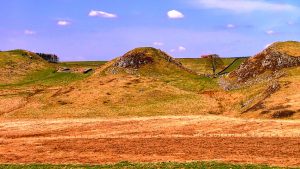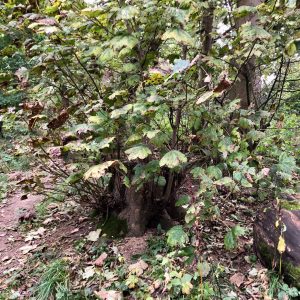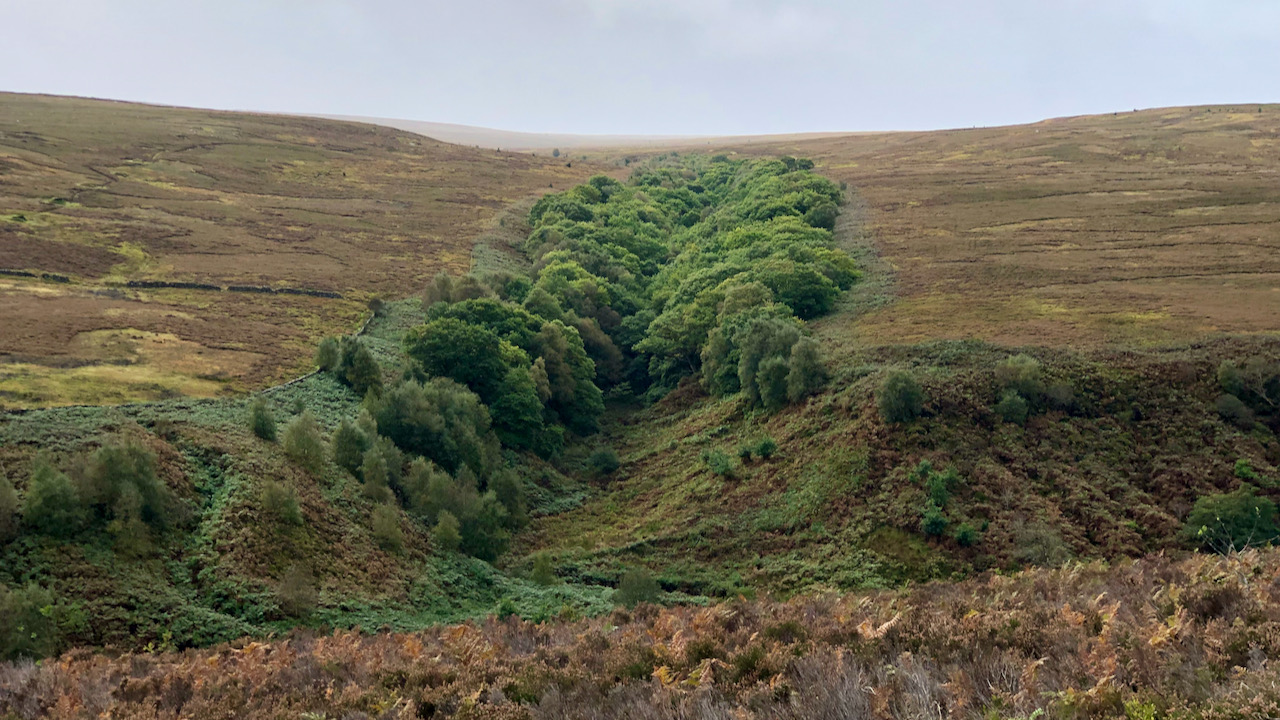Two pressing matters have graced the headlines this week.
First, the State of Nature report has been published, casting a dire shadow upon the condition of the UK’s wildlife. The findings are nothing short of catastrophic — one in six species teeters on the brink of potential extinction. The population of 753 land and freshwater creatures has dwindled by an average of 19% across the UK since the year 1970. As for the 4,979 invertebrate species, their distribution has, on average, declined by 13%. To make matters worse, the numbers of 13 seabird species have plummeted by an average of 24% since 1986. The grim truth is that one out of every six species stares extinction in the face. The decline of these imperiled species could set off a chain reaction that will ripple through our ecosystems, including those vital for our very existence. This litany of woe could go on, but the bottom line remains: nature is under siege in these lands, and it has been for quite some time1‘State of Nature 2023 – Report on the UK’s Current Biodiversity’. 2023. State of Nature <https://stateofnature.org.uk/> [accessed 1 October 2023].

The second matter involves the deliberate felling of a non-native tree on Hadrian’s Wall (sycamores were introduced by the Romans along with rabbits and pheasants), which could be seen as emblematic of a broader assault on nature in the UK. This act has left many, including yours truly, shocked and sorrowful. Undoubtedly, it was an iconic tree, one beneath which ashes were scattered, unions were solemnised, and weary travellers found refuge. It graced that gap in the wall for a span of nearly 300 years, weathering the fierce winds that howl through the cleft. While the wall itself symbolises a certain repression, the tree thrived there, becoming a local landmark.
While I did hear the State of Nature report mentioned on the BBC, the Sycamore Gap incident has sparked a far greater uproar in the media, among the public, and within the authorities. But I cannot help but yearn for a comparable level of indignation directed at fossil fuel companies, the true culprits behind far greater ecological devastation.

The deliberate felling of the Sycamore Gap tree is undoubtedly a grievous act, and justice will no doubt follow its course. There is talk of replacing it with a mature specimen, yet the landscape of Northumberland deserves native trees, those best suited to its terrain. The notion of transplanting feels somewhat contrived.
Remarkably, the tree has not yet breathed its last; its trunk reportedly was healthy and is likely to sprout fresh shoots. Similar sycamores, felled in Newton Wood some five or six years ago, have already shown signs of significant new growth. This is coppicing and was a practice employed in generations past for wood production. Sycamores possess such a tenacious ability to colonise that there is a legitimate concern they might eventually overrun Newton’s oak woodland, thus prompting the felling.
Allowing the tree to sprout naturally will yield a bushier tree for a few generations, but eventually, one dominant branch will emerge, perhaps with a bit of nurturing. It may not boast the same iconic status, but it will serve as a poignant reminder of the inhospitable climate faced by the living world.
Today’s photo is of Great Hograh Beck, a tributary of Baysdale Beck.
- 1‘State of Nature 2023 – Report on the UK’s Current Biodiversity’. 2023. State of Nature <https://stateofnature.org.uk/> [accessed 1 October 2023]

Leave a Reply